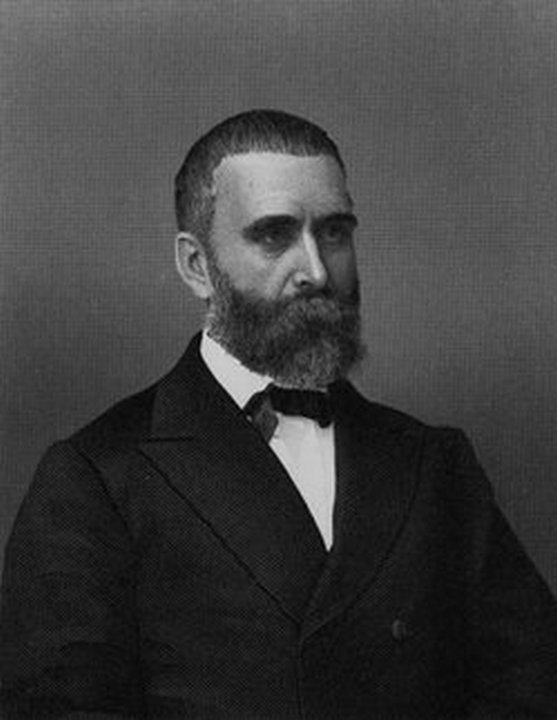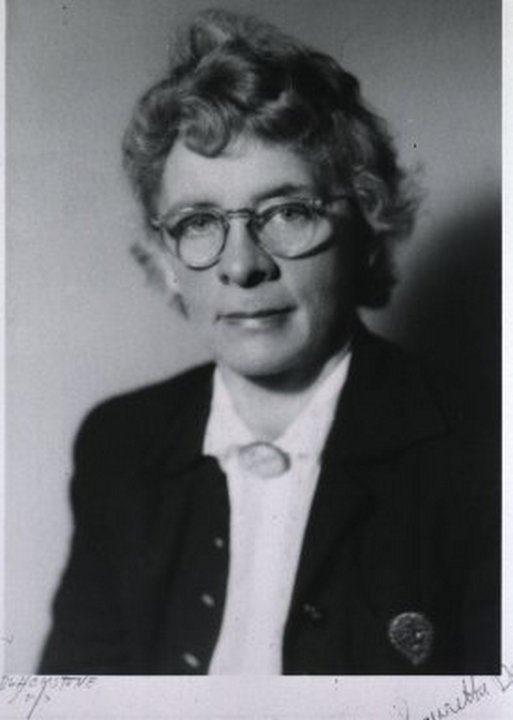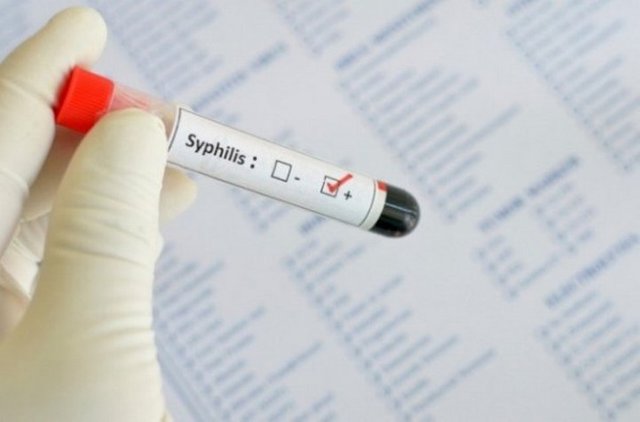The most inhumane experiments on human beings.

Experiments on humans will always be a hot topic. On the one hand, this approach allows us to get more information about the human body, which in the future will find useful application, there are a number of ethical issues. The best we can do as civilized human beings is to try to find a balance. Ideally, we should conduct experiments, causing the person the least possible harm.
However, the cases from our list is the complete opposite of this concept. We can only imagine the pain experienced by these people — for those who like to play God, they meant no more Guinea pigs.
1. The treatment of insanity by surgery.

Dr. Henry cotton believed that the fundamental causes of madness are of a localized infection. After 1907, the year cotton became head of the asylum in Trenton, he began to practice the procedure, he called the surgical bacteriology: Kotton and his team performed thousands of surgical operations on patients, often without their consent. First, they removed the teeth and tonsils, and if that wasn't enough, the "doctors" made the next step was removing the internal organs, which, in their opinion, the source of the problem.
Cotton had so much faith in their methods that have used them even on themselves and their family: for example, he removed some teeth himself, his wife and two sons, one of whom was also removed part of the colon.
Cotton claimed that his treatment was observed a high percentage of recovery of patients, and that he just became a lightning rod for criticism of those moralists who find his methods appalling. The death of 49 of their patients with colectomy, for example, cotton has justified the fact that those operations were already suffering from "end-stage psychosis." The subsequent independent investigation revealed that cotton greatly exaggerated.
After his death in 1933 year, such operations are no longer conducted, and the point of view of the cotton has faded into obscurity. To his credit, critics agreed that he was quite sincere in their attempts to help patients, though, and make it insane fraudulently.
2. Vaginal operation without anesthesia.

J. Marion Sims, revered by many as a pioneer in the field of American gynecology, in 1840, the year started extensive research in the field of surgery. As a test he used multiple women black women slaves. The study, which took three years, focusing on surgical treatment of vesico-vaginal fistula.
Sims believed that the disease occurs when an abnormal connection of the bladder with the vagina. But it is strange that the operations he performed without anesthesia. One subject, a woman named Anarcha, survived as many as 30 such operations that ultimately allowed the Sims to prove his innocence.
It wasn't the only horrifying study conducted by Simms: he also tried to treat the children of slaves suffering from lockjaw — a spasm of the chewing muscles — using a shoemaker's awl to break, and then align the bones of the skull.
3. Random bubonic plague.

Richard strong, a doctor and head of the Biological laboratory Filipenkova scientific Bureau, made prisoners of the Manila prison several vaccinations in an attempt to find the ideal vaccine against cholera. In one of such experiments in 1906, the year he had prisoners infected with the virus of bubonic plague that resulted in the death of 13 people. A government investigation of the incident then confirmed this fact. It was declared a tragic accident: a bottle of vaccine was mixed with the virus.
Strong after its failure at some time laying low, but six years later returned to science and made prisoners another series of vaccinations at this time in search of a vaccine against the disease beriberi. Some participants in the experiment died, and survivors compensated for suffering, giving them a few packs of cigarettes.
The notorious experiments of strong was so inhumane and has led to such catastrophic consequences that later at the Nuremberg trials of Nazi defendants cited them as examples in an attempt to justify their own horrific experiments.
4. Slaves doused with boiling water.

This method can be regarded more as a torture than a treatment. Dr. Walter Jones in the 1840-ies of the recommended boiling water as a cure from typhoid pneumonia, he spent several months under his method on numerous slaves suffering from this disease. Jones is very in detail described how one patient, a 25 year old man, stripped naked and made to lie on his stomach on the ground and Jones then poured on the patient's back around 22 liters of boiling water.
However, this was not the end: the doctor said that the procedure should be repeated every four hours, and maybe this will be enough to "restore the capillary circulation." Later Jones claimed to have cured in this way many patients and claimed that he never did anything himself. Nothing surprising.
5. The impact of electric current directly to the brain.

Although the idea to electrocute someone to treat ridiculous in itself, the doctor from Cincinnati by the name of Roberts, Bartolo brought it to the next level: he sent an electric shock straight to the brain of one of his patients. In 1847, the year of Bartholow treated a patient named Mary Rafferty, suffering from ulcers in the skull — ulcer literally eaten a part of my skull, and a woman's brain was visible through the hole.

Roberts Bartholow
With the permission of the patient, Bartolo inserted electrodes directly into the brain and passing them the current level, began to observe the reaction. He repeated his experiment eight times over four days. At first, it seemed Rafferty felt fine, but at a later stage of treatment in a coma and a few days later he died.
The public reaction was so great that Bartholow had to leave and continue their work elsewhere. Later he settled in Philadelphia and eventually received an honorary lecturer at the medical College of Jefferson, proving that even a mad scientist may be very lucky in life.
6. Transplantation of the testes.
Leo Stanley, the chief physician of the prison at San Quentin from 1913 to 1951-th year, was a crazy theory: he believed that the men who committed the crimes had a low level of testosterone. According to him, the increase in the level of testosterone in prisoners will result in decrease of criminal behavior.

Leo Stanley
To test his theory, Stanley conducted a series of odd operations: he surgically transplanted the testicles of newly executed criminals that are still alive prisoner. Due to the insufficient number of eggs for the experiments (the average in the prison was carried out three executions per year), Stanley soon began to use the testicles of various animals, which he treated with various liquids and then injected under the skin of prisoners.
Stanley said that by 1922, the year spent similar operation on 600 subjects. He also claimed that his actions were successful, and described a special case, as the aged inmate of Caucasian origin was cheerful and energetic after he transplanted the testicles of a young Negro.
7. Shock therapy and LSD for kids.

By Lauretta Bender is best known, perhaps, through the creation of psychological Gestalt test Bender evaluating the child's movements and his ability to learn. However, Bender also worked on several more controversial research: as a psychiatrist in the hospital Bellevue in 1940-ies, the day she was put in 98 patients-children shock therapy in an attempt to cure their condition called "infantile schizophrenia", which she invented.

Lauretta Bender
She said that shock therapy was extremely successful, and that relapse was subsequently observed only a few children. It's like shock therapy wasn't enough, Bender was also introduced children dose LSD and psilocybin — the chemical substances contained in hallucinogenic mushrooms, and such doses of drugs would be a lot for an adult. Often the children get one such shot per week.
8. Experiment with syphilis in Guatemala.

In 2010, the year the American public became aware of the highly unethical experiment of syphilis. The Professor, who has studied the infamous the Tuskegee syphilis study, found that the same health care organization also conducted a similar experiment in Guatemala. This revelation prompted the White house to form an investigative Committee, and found that government-sponsored researchers intentionally infected about 1,300 Guatemalans with syphilis in 1946-m to year.
The aim of the study, which lasted two years, was to see if penicillin is to be effective treatment for already infected patients. Scientists paid prostitutes to infect other people, mostly soldiers, prisoners and the mentally ill. Of course, men don't aware that they deliberately want to infect with syphilis. In total for the experiment were 83 deaths. These terrible results have prompted President Obama to personally apologize to the President and people of Guatemala.
9. The experiment for improving the strength of the skin.

Dermatologist albert Kligman in the 1960-ies have experienced a comprehensive experimental program on inmates of the prison Holmesburg. One of these experiments, sponsored by the U.S. army, was aimed at increasing the strength of the skin. Theoretically strengthened skin could protect soldiers from chemical agents in war zones. Kligman applied various chemical creams and money on the prisoners, but the only result has been the emergence of numerous scars and the pain.

Albert Kligman
Pharmaceutical companies also hired Kligman to check their products: they paid him for that he used prisoners as hamsters. Of course, the volunteers also paid, though a little, but they were not fully informed of the possible adverse effects. As a result, many chemical compounds have led to the appearance of the skin blisters and burns. Kligman was a ruthless man. He wrote: "When I came to prison the first time, all I saw before me is an endless acres of skin".
In the end, public outrage and a subsequent investigation forced Kligman to stop their experiments and destroy all the information about them. Unfortunately, the former subjects compensation for the damage and has not provided, and Kligman later became rich after he invented retin-a — way to combat acne.
10. Experiments on lumbar puncture on children.

Lumbar puncture, sometimes also called lumbar puncture, is often a necessary procedure, especially in neurological diseases and diseases of the spine. But the giant needle stick directly into the spine, will bring the patient excruciating pain.

Arthur Wentworth
However, in 1896, the year the pediatrician Arthur Wentworth decided to test the obvious: during experimental spinal puncture, which was done by a young girl, Wentworth noticed how the patient cringed from the pain during the procedure. He suspected that the operation was painful (at the time why it was thought that it doesn't hurt), but completely I didn't know. So he did several procedures on 29 infants and toddlers.
In the end, he came to the conclusion that the procedure is painful, but, nevertheless, very useful, as it helps to diagnose the disease. The findings of Wentworth has received mixed reviews from colleagues: some praised him, but one of the critics said that this is nothing more than "vivisection". Growing public outrage at the experiments later forced Wentworth to leave teaching at Harvard medical school.
i liked it. well written. deserved more votes.
Next time try breaking it up in to shorter pieces. Might help but you can never tell on steemit. lol
I didnt count but try to keep posts to less than 1000 words, 500 -ish usually gets more attention for articles like this.